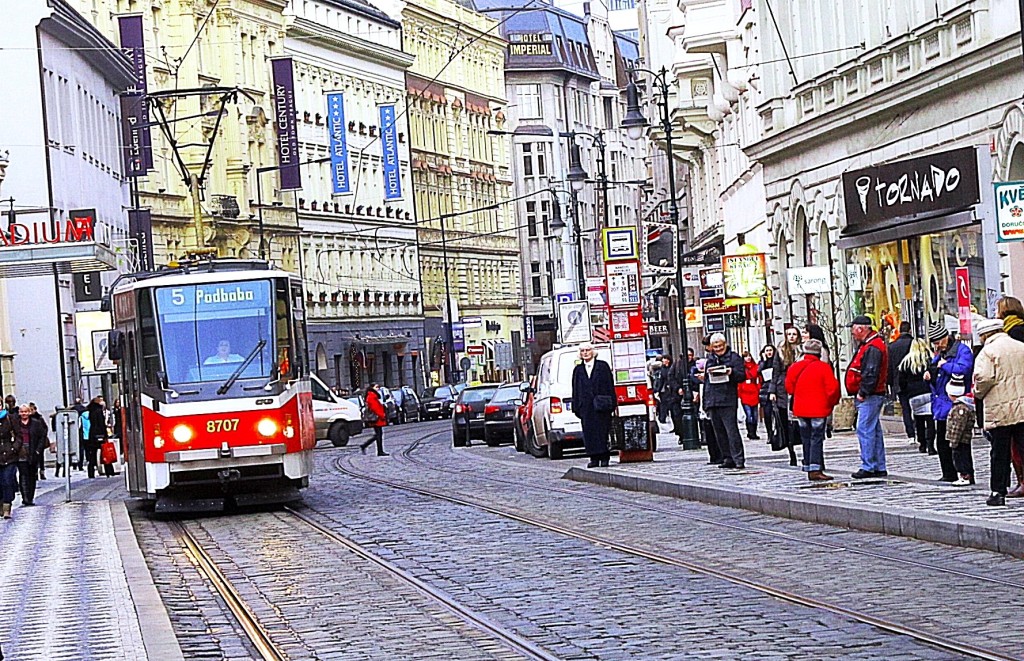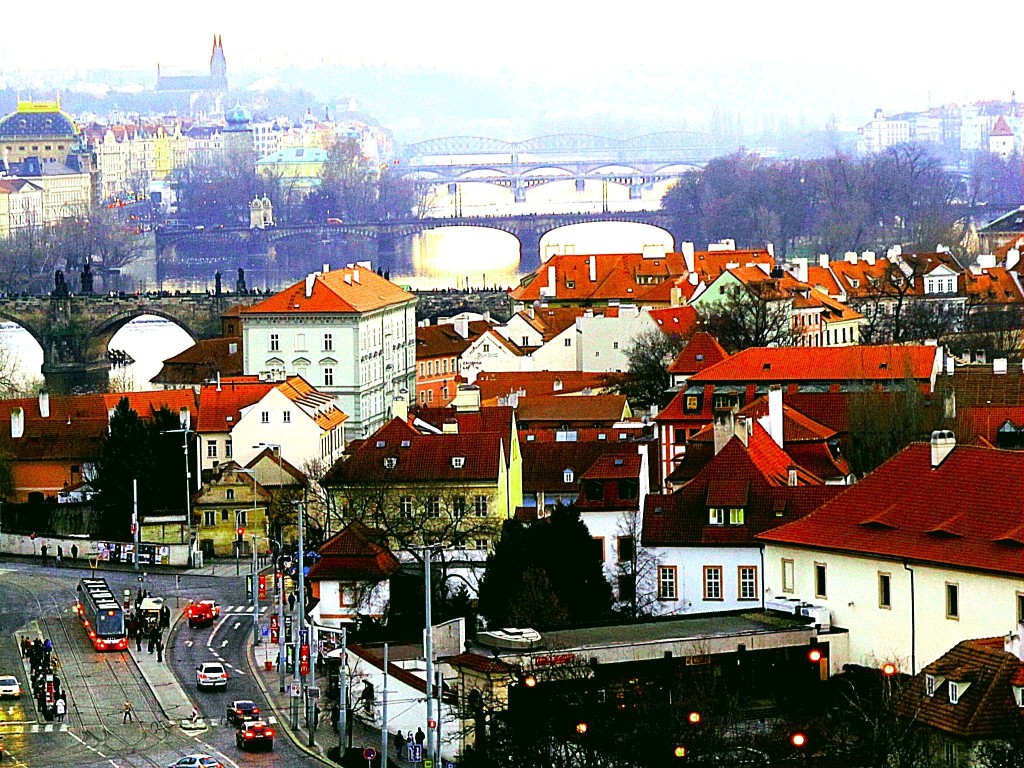
BERLIN — There are few more impressive places to arrive by intercity train anywhere in the world than this city’s central rail station, the Berlin Hauptbahnhof.
A colossal steel and glass building opened in 2006, the Hauptbahnhof (pronounced hote-bonn-off) soars up four levels, from east-west high-speed platforms to high-speed trains running north-south. Stainless steel and glass elevators, and stainless steel escalators tie together the platforms and the various levels of the station, which is stocked with the inviting 21st-century necessities of travel — brightly lit stores selling smart phones and designer clothing, bakery items and office supplies, coffee and cold drinks, and lots of ATMs flanking the nation’s banking outlets.
Some 350,000 passengers use the Hauptbahnhof terminal daily to board and depart 1,800 intercity and metropolitan commuter trains, according to city statistics. Yet just as spellbinding to an American journalist raised in train-friendly New York, but living in transit-averse Michigan, is how easy and inexpensive it is to reach virtually every sector of this city of 3.5 million, and its neighboring suburbs, on a train. The city’s commuter trains, subway system, and streetcar network collectively operate on 50 separate lines, 648 kilometers (403 miles) of track, reach 734 station stops, and transport 1 billion passengers annually. 
If that’s not sufficient, Berliners can ride the bus, which has 147 lines, follows 1,627 kilometers of routes, reaches 2,627 stops, and carries 407 million passengers a year.
Yo buddy. That’s a powerful and effective transit system, actively used by city residents and duplicated in every other big city in this country of 80 million people. The benefits to family budgets and the country’s economy are evident. Traffic, for one, is surprisingly light in a metropolitan region that is comparable in size to Detroit and its suburbs, which have no rapid transit network, a poor bus system, high joblessness, a declining population, and where suburban highway traffic is a chronic mess.
Berlin’s families, meanwhile, save considerable sums by being able to operate one vehicle, instead of fleets. Land use patterns are influenced by rapid transit station stops, keeping fuel- and time-consuming sprawl in check and enhancing property values. And excellent transit service, energy-efficient and non-polluting, keeps Germany’s young and talented people involved in their home urban economies.
That’s a little-noticed but essential factor in why Berlin and the rest of Germany are holding their own in Europe’s troubled economy. Unemployment is dropping and in the latest measure fell to just over 5 percent. Germany regularly exports $93 billion a month in goods, technology, and services, while imports hover in the $75 billion range, a wealth-producing global trade surplus of $18 billion a month.
I arrived here this week following a set-your-watch-by nearly five-hour train ride from Prague, Czech Republic, where rapid transit service also is first rate. Prague opened a subway system with three lines, starting in 1976. Its streetcar network has 21 routes, covers 518 kilometers of track (322 miles) and transports 325 million passengers annually on 968 individual streetcars, with 250 others under construction. This is happening in a city of 1.2 million people so lovely and historic that over 5 million people visit each year. Yet traffic on the region’s highways, and in the city’s narrow streets, many of them constructed 500 years ago, is exceptionally light. Streetcars are popular and so numerous that wait times are typically a few minutes.
The contrast with transit service in American cities is unavoidable. With the exception of New York’s rail transit network (which carried 2.5 billion riders on 232 miles of track in 2012), American rapid transit is no match for transit service in Germany or other European countries.
That’s not always been the case. At the turn of the 20th century, for instance, Detroit operated one of the largest and most advanced rail transit networks in the world. Streetcar systems stretched from Port Huron to Toledo and from Ann Arbor to Imlay City, spanning the entire Detroit region. Transit ridership as late as 1945 reached 492 million passengers, according to the Detroit Free Press. By 2000, ridership had plummeted to 70 million passengers on a poorly coordinated city and suburban bus system.
Similarly discouraging circumstances occurred in most other big American cities. And as transit deteriorated so did urban economic and social conditions. Perhaps the biggest reason that America’s urban rail transit networks fell apart is that some of the country’s largest companies conspired to dismantle them. In 1936, General Motors formed National City Lines, an urban transit company that also included Firestone, Standard Oil, Phillips Petroleum, and Mack Truck. Over the next 20 years National City Lines bought and demolished New York’s streetcar system, and 100 other electric urban rail and streetcar systems in 45 other U.S. cities. National City replaced those systems with diesel-powered buses.
The federal government prosecuted and convicted the companies for conspiracy and for violating the Sherman Antitrust Act. But in an example of “crime really does pay” that was every bit as dangerous and damaging as the big 21st century Wall Street ripoff, the industrial executives responsible were exonerated and the companies were fined $5,000. Over the next half-century, the same companies collectively earned trillions of dollars capitalizing on the car-dependent, highway-heavy, land-wasting, fuel-guzzling, and expensive suburban culture that developed outside America’s ruined cities.
Most big American cities are now in recovery, in part because of their new allegiance to rapid transit, particularly light rail. Dallas, for instance, opened its 85-mile, 61-stop system in 1996. Salt Lake City started a 44.8-mile, 50-stop system in 1999, and last year added a two-mile, 7-stop streetcar line. Denver, Seattle, Charlotte, Los Angeles, and nearly four dozen other cities have built new rapid transit lines, with more on the way.
In 2009, as part of the federal stimulus legislation, newly-inaugurated President Barack Obama inserted nearly $4 billion in funding to help cities build new transit lines. Even the Detroit region, which rejected a metropolitan rail system in the mid-1970s — a terrible decision that helped ruin the five-county area’s capacity to thrive — is proposing to build a streetcar line up Woodward Avenue, the major city-to-suburb boulevard.
Very few American cities — New York, Chicago, Portland (Ore), Boston, Seattle, and Washington, D.C. are exceptions — are as ambitious about rail transit as Berlin, Prague, and nearly every other big city in Europe. In this century, that is unacceptable. American cities are making a huge cultural and economic comeback. Effective rapid transit, as systems in Berlin and Prague prove daily, is essential to enhancing the quality of life, and strengthening regional economic competitiveness.
— Keith Schneider


